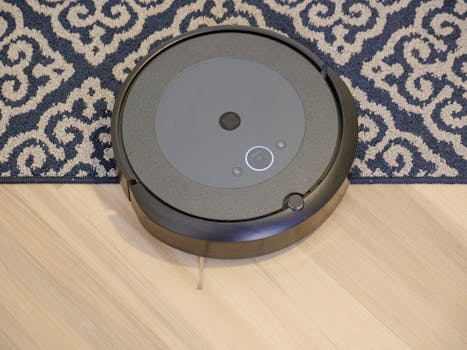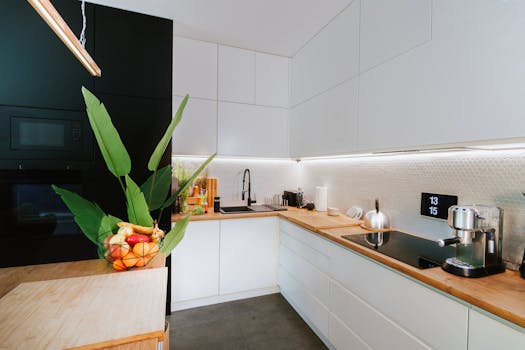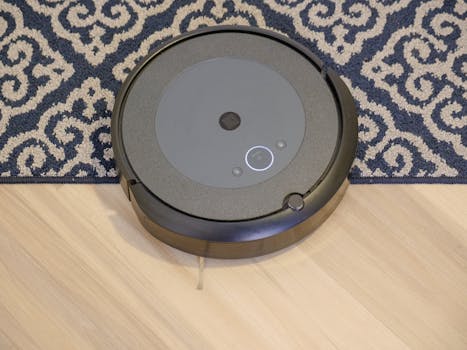
Smart Homes and Smart Living: The Technological Transformation of European Homes by 2025
Smart Homes and Smart Living is revolutionizing the way we live, work, and interact with our living spaces. The European home of the future is becoming increasingly smart, with technology transforming every aspect of our daily lives. By 2025, smart homes and smart living will become the norm, offering unparalleled convenience, efficiency, and sustainability.
Introduction to Smart Homes and Smart Living

Smart homes and smart living refer to the integration of technology and automation in residential buildings to create a more comfortable, convenient, and sustainable living environment. This includes the use of internet-connected devices, sensors, and artificial intelligence to control and monitor various aspects of the home, such as lighting, temperature, security, and entertainment.
The Benefits of Smart Homes and Smart Living

The benefits of smart homes and smart living are numerous. Some of the most significant advantages include:
- Energy efficiency: Smart homes can optimize energy consumption by automatically turning off lights, appliances, and heating/cooling systems when not in use.
- Convenience: Smart homes can be controlled remotely, allowing homeowners to adjust settings and monitor their home from anywhere.
- Security: Smart homes can be equipped with advanced security systems, including motion detectors, cameras, and alarm systems.
- Sustainability: Smart homes can be designed to be more sustainable, with features such as rainwater harvesting, greywater reuse, and solar panels.
The Future of Smart Homes and Smart Living in Europe

By 2025, smart homes and smart living will become the norm in Europe. According to a report by the European Commission, the smart home market in Europe is expected to grow from €15.6 billion in 2020 to €32.4 billion by 2025. This growth will be driven by the increasing adoption of internet-connected devices, the development of new technologies such as 5G and AI, and the growing demand for sustainable and energy-efficient living solutions.
Case Studies: Smart Homes and Smart Living in Europe

There are many examples of smart homes and smart living in Europe. For instance, the city of Barcelona has implemented a smart city initiative, which includes the installation of smart lighting, waste management, and traffic management systems. Similarly, the city of Copenhagen has implemented a smart home initiative, which includes the installation of smart thermostats, lights, and security systems in residential buildings.
Conclusion

In conclusion, the future of European homes is becoming increasingly smart, with technology transforming the way we live, work, and interact with our living spaces. By 2025, smart homes and smart living will become the norm, offering unparalleled convenience, efficiency, and sustainability. As the demand for smart homes and smart living continues to grow, it is essential for homeowners, builders, and policymakers to work together to create a more sustainable and connected living environment.






